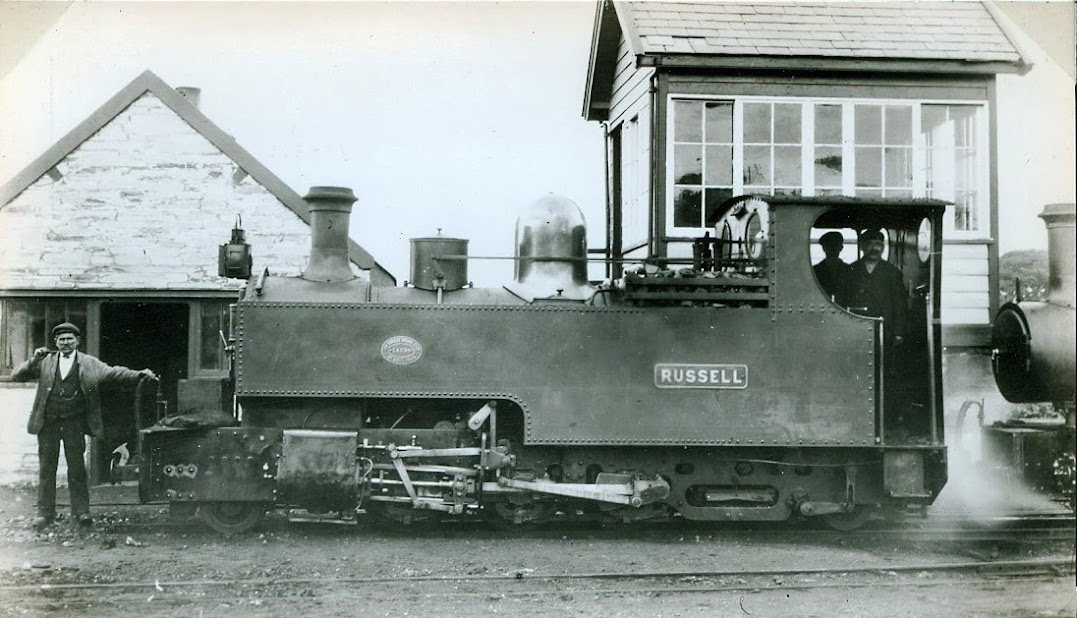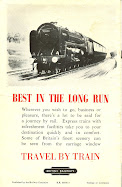 |
| Mail Rail Visuals |
BBC report on the latest news on the Post Office Railway - Mail Rail
The British Postal Museum
and Archive (BPMA) plans to open a new postal museum and railway attraction in
2016. The project is gathering pace and we have planning permission for our new
home on Phoenix Place, near Royal
Mail’s Mount Pleasant Sorting Office. Government backing and financial support
from Royal Mail and Post Office Ltd has also been announced, with Mayor Boris
Johnson describing us as a ‘national treasure of global importance.”
The Postal Museum
We care for the Royal
Mail Archive (Designated as being of outstanding national and international
importance) and the museum collection of the former National Postal
Museum. Artefacts
cover over 400 years of postal history, from classic vehicles, evidence from
the Great Train Robbery and a 1st Edition of James Joyce’s Ulysses, to rare
stamp artwork, posters and uniforms. The collections also include a world-class
philatelic collection, 80,000 photographs, letters, maps and war medals. Our
vision is for a cherished and valued British postal heritage, providing world
class access for all to our world class collections. Together they tell the story of a great
British institution, of the thousands of people that worked there and the
industrial and social advances it pioneered. A dedicated learning space will
give us a springboard for developing new partnerships with businesses on-site
as well as community partners and with outreach activities, we will be able to
inspire young people to consider different careers on all sorts of levels.
Mail Rail
What makes our project
particularly exciting is the opportunity to open up a significant proportion of
the Post Office Underground Railway, ‘Mail Rail’ for the first time to create a
state-of the-art visitor attraction including an exhibition gallery and multi-function
event space. The Mail Rail opened in
1927 and carried the mail along a 6 and a half mile stretch of tunnels from
Whitechapel to Paddington. In its heyday, it carried four million letters a day
before its closure in 2003. It is the
only railway in the world that was dedicated to delivering mail underground and
is one of the most enquired about aspects of British postal history. It was recently popularised by Michael
Portillo in his TV programme, ‘Great British Railway Journeys,’ and many others
eagerly seek access to ‘secret’ attractions such as this.
Early forecasts show
that the Mail Rail experience, which will take people on a thrilling 15 minute
underground interactive ride, from the depot to the platforms beneath the Mount
Pleasant Royal Mail centre, will be a major means of attracting visitors to
both the museum and railway. A 15 minute
ride on newly designed trains will journey through the existing tunnels under
the Mail centre, with commentary describing the construction of the tunnels,
its opening in 1927 when it became the first driverless electrified railway in
the world, how mail was moved across London
and its operation until 2003. Vehicles on display will include pneumatic rail
cars from the 1860s, which were once propelled by air through specially
designed tunnels. Mail Rail remains the
only postal underground railway in existence so its preservation and heritage
will attract an international audience.


















